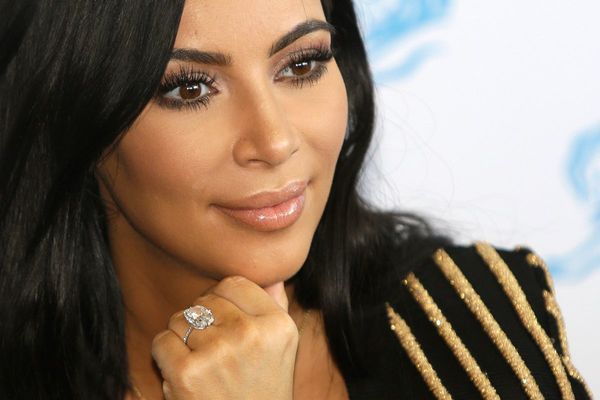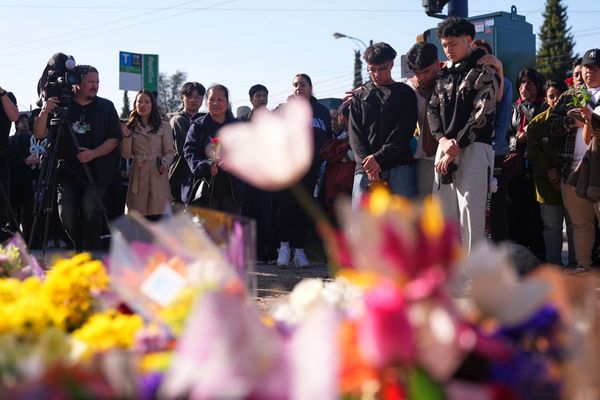
Prime Minister Narendra Modi has said he will form the next government for the third term, but he would need the support of allies after his Bharatiya Janata Party (BJP) fell short of the majority mark for the first time since 2014.
The BJP secured 240 seats in the Lok Sabha, the lower House of the parliament, in a major electoral setback as the poll survey had projected the Hindu nationalist party to win by a bigger majority.
Parties from the National Democratic Alliance (NDA) led by the BJP have won 53 seats. Taken together the NDA has a strength of 293 – 21 seats more than the 272 mark needed to form the government.
The NDA allies, many of whom have a history of flip-flops, convened for a meeting on Wednesday, after which they backed the BJP and Modi to lead the next government.
Here’s more about the biggest NDA allies and their history of alliance with the BJP in the past.
Janata Dal (United)
- Number of seats won in the 2024 election: The party won 12 seats in Bihar, down four seats compared with the 2019 elections.
- JD(U) spokesperson KC Tyagi told ANI news agency that the party will submit a letter pledging support for Modi and will not go back to the Congress-led Indian National Developmental Inclusive Alliance (INDIA) alliance of which it was a major part.
- JD(U) leader and the current Bihar state chief minister, Nitish Kumar, was also one of the founding leaders of the INDIA alliance, and has a history of flip-flops. The JD(U) has allied with rival alliances led by the BJP and the Congress party in the past two decades.
- The latest political somersault by the JD(U) was on display in January, when it walked out of the INDIA alliance and joined hands with the BJP. Kumar’s decision to join the BJP helped the NDA win 29 out of Bihar’s 40 seats.
- In 1999, the JD(U)’s predecessor, the Samata Party, backed the NDA alliance under Prime Minister Atal Behari Vajpayee, under whom Nitish Kumar served as railway minister.
- The JD(U) was formed in 2003 after the merger of breakaway factions from multiple parties. In the 2009 Lok Sabha election, it allied with the BJP.
- However, the alliance broke down when the BJP announced they were fielding Modi as a candidate for the 2014 polls, a move opposed by the JD(U) due to Modi’s role in the 2002 Gujarat communal riots. The JD(U) touts its secular credentials and counts on Muslim voters among its supporters.
- In the 2015 Bihar Legislative Assembly elections, the JD(U) formed an alliance with the Congress and another regional party, the Rashtriya Janata Dal (RJD), against the BJP. They went on to win the elections by a landslide. But two years later, Nitish Kumar walked out of the alliance to join hands with the BJP again.
- The marriage did not last — yet again. In 2022, Kumar dumped the BJP and formed a government in Bihar with the RJD and Congress.
Telugu Desam Party (TDP)
- Number of seats won in the 2024 election: 16 in southern Andhra Pradesh state. The party had won just three seats in the 2019 elections.
- The TDP was formed in 1982 by Telugu film actor NT Ramarao and is a major political player in the southeastern state of Andhra Pradesh.
- It is led by N Chandrababu Naidu, who is the son-in-law of Ramarao. On Wednesday, Naidu committed his party to supporting the BJP in its quest for a third term.
- After the 1996 Lok Sabha election, the party was part of an alliance of regional parties called the United Front, which received external backing from the Congress.
- Then, in 1999, it joined hands with the BJP. They contested elections together, and the TDP was a part of the NDA under Prime Minister Vajpayee.
- But in 2002, after the Gujarat riots, Naidu called for Modi’s resignation. The BJP, his alliance partner, rejected the demand.
- For the 2009 election, the TDP was not aligned with the Congress or the BJP. Instead, it spearheaded the formation of Third Front, a regional party alliance.
- In 2014, the BJP and TDP came together again in an alliance.
- But in 2018, the TDP quit the NDA, with Naidu accusing Prime Minister Modi of ignoring his request for a special financial package for Andhra Pradesh.
- That breakup lasted six years, with the BJP and TDP patching up again in February before the Lok Sabha election. The TDP also secured a comfortable win in the Andhra Pradesh assembly elections that were held alongside the Lok Sabha vote.
Shiv Sena (SHS) – Eknath Shinde
- Number of seats won in the 2024 election: Seven in Maharashtra.
- Shiv Sena (SHS) was formed in 2022 after some of its legislators broke from their parent party — the Shiv Sena — and then successfully persuaded election officials and the courts to let them take the party’s name. Eknath Shinde, the current chief minister of Maharashtra state, is the head of Shiv Sena (SHS).
- The united Shiv Sena won 18 seats in 2019. The faction that Shinde and team broke away from is now known as the Shiv Sena (Uddhav Balasaheb Thackeray) — it won nine seats in the 2024 election. It is a part of the opposition INDIA alliance.
- The Shiv Sena was formed in 1966 as a right-wing party by Bal Thackeray. The party has been accused of targeting migrants in Mumbai, India’s financial hub, as well as Muslims. Many of its leaders were accused of anti-Muslim hate speeches and involvement in rioting during the early 1990s.
- Largely based in Maharashtra, the Shiv Sena party has been an ally of the BJP and has run coalition governments with the Hindu nationalist party since 1989.
Nationalist Congress Party (NCP) – Ajit Pawar
- Number of seats won in the 2024 election: One in Maharashtra.
- This NCP, led by Ajit Pawar, is a breakaway of NCP founder Sharad Pawar, now called NC-PSP following a split in July 2023. The INDIA-allied NCPSP won eight Maharashtra seats. The party is now headed by Sharad Pawar’s daughter Supriya Sule.
- In 2019, the then-united NCP won four seats.
- The parent party, founded in 1999, stands for Marathi nationalism and secularism. From 1999 to 2023, the NCP was a Congress ally, part of its United Progressive Alliance (UPA). Congress ruled at the centre between 2004 and 2014.
- In April, Ajit Pawar, Sharad Pawar’s nephew, told ANI news agency that he joined the NDA because his idea of development aligns with Modi’s.
Lok Janshakti Party – Ram Vilas (LJPRV)
- Number of seats won in the 2024 election: Five in Bihar.
- It is based in the state of Bihar.
- LJPRV was formed in 2021 as a breakaway faction from the Lok Janshakti Party (LJP), which was founded by the late Ram Vilas Paswan. In 2019, the then-united LJP won six seats. Ram Vilas Paswan’s son Chirag Paswan now runs the LJPRV.
- The LJP was part of the NDA from 2000 to 2003 and then again from 2014 to 2021.







